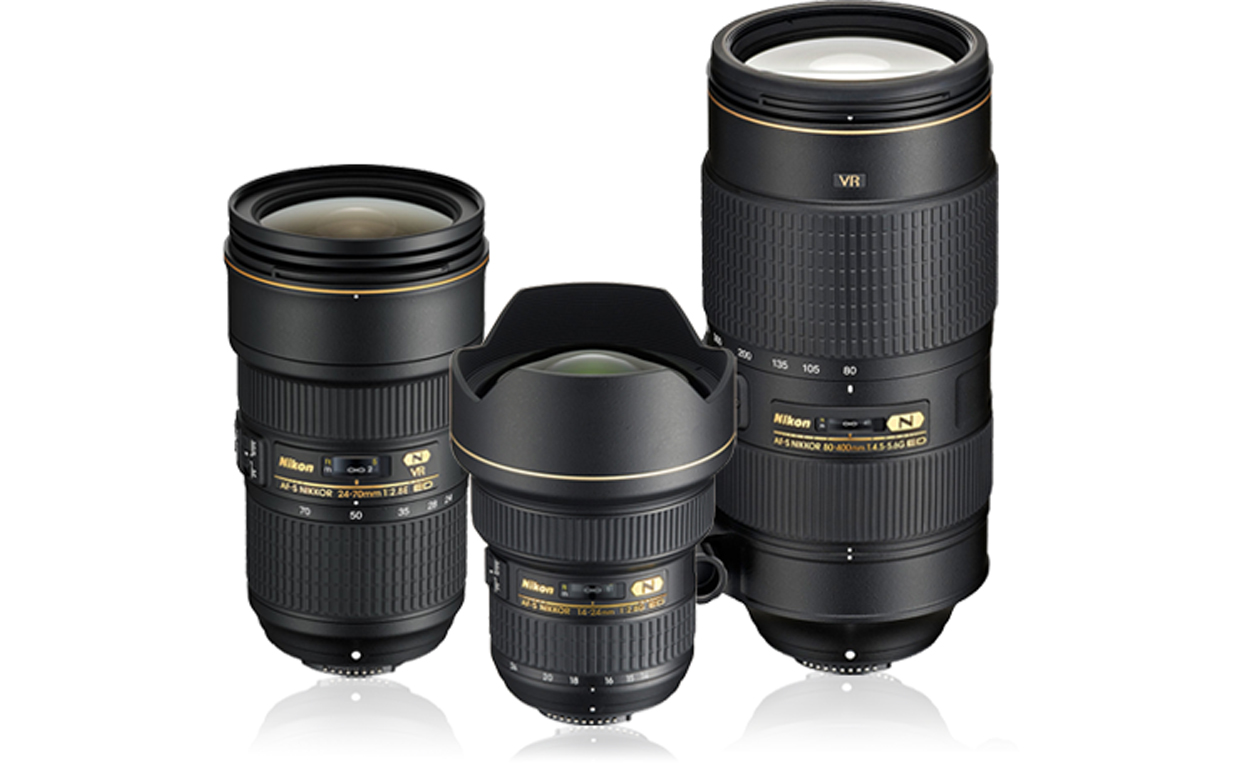How to Photograph Wildlife: A Beginner's Guide
- Posted on

Wildlife photography is one of the most challenging yet rewarding genres of photography. Not only does it require skill as a photographer, but it also demands an understanding of wildlife and the environment. In this blog, we’ll cover the basics of wildlife photography and provide tips to help you get started!
Why Wildlife Photography is Captivating
Wildlife photography is captivating for both the photographer and the viewer. For the photographer, it offers a way to connect with nature and the environment, as well as the opportunity to travel to some of the world’s most beautiful and remote locations.
For the viewer, wildlife photography offers a way to see and connect with animals and environments that they may never have the opportunity to experience in person. Wildlife photographs can be used to raise awareness for conservation, and they can also be sold as art to support the photographer’s work.
Understanding Wildlife Behavior
Before you head out to photograph wildlife, it’s important to have a basic understanding of wildlife behavior. This will help you to know where to look for different animals and how to approach them without causing stress.
Animals that live in the same habitat will have similar behaviors. For example, animals that live in the desert will have different behaviors than animals that live in the jungle. Some animals are also more active at different times of day, so it’s important to know whether the animal you want to photograph is nocturnal, diurnal, or crepuscular.
Getting Started with Nature Photography for Beginners
Like any skill, becoming a wildlife photographer takes time, patience, and practice. Whether you’re an avid photographer looking to try your hand at wildlife photography or a nature enthusiast looking for a new hobby, our guide will help you get started.
Essential Gear for Novices
While professional wildlife photographers may have a camera bag full of lenses and other camera gear, as a beginner, you can get started with just a few essential pieces of gear.
Of course, the camera is the most essential piece of gear. We recommend starting with a DSLR camera or a mirrorless camera. While you can technically take wildlife photographs with a point-and-shoot camera or even a smartphone, the image quality that you’ll get with a DSLR or mirrorless camera is far superior.
Best Camera for Wildlife Photography
The best camera for wildlife photography is one that is lightweight and has a fast autofocus. Some popular options for wildlife photographers include the Nikon Z8, the Canon EOS R5, and the Sony a7.



In addition to a camera, you’ll also need a lens. The lens that you choose is perhaps the most important factor in determining the quality of your wildlife photographs. As a beginner, we recommend starting with a mid-range zoom lens.
Choosing the Right Lenses
For DSLR cameras, the Nikon NIKKOR Lens is a popular option. This lens offers a long zoom range, making it versatile for a range of different wildlife photography scenarios. For mirrorless cameras, the Sony FE Lens is a great option. Both lenses come in varying millimeter ranges to suit your preference and needs.

How Do Nature Photographers Get the Perfect Shot?
Wildlife photography is challenging because it requires you to capture a high-quality image of a moving subject in an unpredictable environment. So, how do wildlife photographers do it? The answer is a combination of skill, understanding, and the right gear.
One of the most common misconceptions about wildlife photography is that it’s similar to zoo photography. In reality, wildlife photographers in the field have little to no control over their subjects or the environment. This makes wildlife photography challenging and also what makes it so rewarding.
Patience and Timing
Wildlife photography requires a great deal of patience. Oftentimes, getting the perfect shot requires waiting for the perfect moment. Whether you’re waiting for an animal to exhibit a specific behavior or waiting for the perfect lighting, patience is key.
That’s not to say that all wildlife photography is passive. In fact, many wildlife photographers are active participants in the environments that they’re photographing. For example, wildlife photographers in Yellowstone National Park might hike to a specific location and then wait for a wolf pack to pass by.
Setting Up Your Shots
Of course, not all wildlife photography is passive. In some cases, wildlife photographers may need to be ready to act quickly to get the shot. This is especially true for photographers who are photographing birds in flight or other fast-moving subjects.
How to Photograph Wildlife in Different Environments
As a wildlife photographer, you’ll encounter animals in a variety of different environments. From dense forests to open plains, each environment presents its own set of challenges for the photographer.
Forest Habitats
Forest habitats can be challenging for wildlife photographers because the dense vegetation makes it difficult to spot and photograph animals. In forest habitats, it’s important to look for natural clearings and water sources, as these are often the best places to spot wildlife.
Savannah and Plains
Savannah and plains habitats are some of the most iconic habitats for wildlife photography. The open landscape makes it easy to spot animals, and it also offers plenty of visibility for the photographer.
Water-Based Settings
Whether you’re photographing marine wildlife in the ocean or animals in a freshwater habitat, water-based environments present a unique challenge for wildlife photographers. Not only do water-based environments present a risk to your camera, but they also require you to consider factors like lighting and visibility.
Learning the Technical Aspects
Once you’ve mastered the basics of getting started with wildlife photography, it’s time to learn the technical aspects. Like any genre of photography, wildlife photography requires an understanding of camera settings, light, and composition.
Camera Settings for Wildlife Photography
Getting your camera settings dialed in is essential for capturing high-quality wildlife photographs. As a wildlife photographer, you’ll often be shooting in challenging conditions, including low light and fast-moving subjects. Here are some tips for dialing in your camera settings.
Shutter Speed: When it comes to wildlife photography, shutter speed is perhaps the most important camera setting. Oftentimes, you’ll be photographing animals in motion, which requires a fast shutter speed to avoid motion blur. We recommend using a shutter speed of at least 1/500th of a second, although for fast-moving subjects, you may need to go even faster.
Aperture: In wildlife photography, you’ll often be shooting from a distance. This makes a wide aperture less important, since you’ll naturally have a shallow depth of field. We recommend using a smaller aperture to ensure that your subject is in focus. Of course, the specific aperture that you use will depend on the amount of light available.
ISO: ISO is your camera’s sensitivity to light. In general, you’ll want to keep your ISO as low as possible to minimize noise in your images. However, in low light conditions, you may need to increase your ISO to maintain a fast shutter speed. Modern cameras are capable of shooting at high ISOs while still producing clean images, so don’t be afraid to increase your ISO if you need to.
Understanding Light and Composition
Lighting and composition are fundamental aspects of photography. The way that you use light and composition can turn a simple snapshot into a stunning photograph. When it comes to wildlife photography, here are some tips for using light and composition to create captivating images.
Golden Hour: As with any genre of photography, lighting is a crucial element in wildlife photography. The best time to photograph wildlife is during the golden hour, which is the hour after sunrise and the hour before sunset. During the golden hour, the light is soft and warm, which can create a beautiful and flattering glow in your photographs.
Rule of Thirds: The rule of thirds is a basic principle of composition in photography. The rule of thirds states that an image should be divided into a 3x3 grid, and the subject should be placed along one of the gridlines. When it comes to wildlife photography, the rule of thirds can be used to create visually appealing and balanced images.
Leading Lines: Leading lines are lines within an image that lead the viewer’s eye towards the subject. In wildlife photography, leading lines can be used to draw attention to the subject. For example, a winding river can be used to lead the viewer’s eye towards a distant animal.
Depth of Field: Depth of field is a photography technique that can be used to create visually striking images. In wildlife photography, a shallow depth of field can be used to create a sense of depth and focus the viewer’s attention on the subject. By blurring the background, you can create a visually striking image that highlights the beauty of the animal.
Conclusion
Wildlife photography is a challenging yet rewarding genre of photography. Not only does it require skill as a photographer, but it also demands an understanding of wildlife and the environment. Capturing stunning wildlife photography requires a combination of skill, patience, and the right gear.
As a beginner, it’s important to have a basic understanding of wildlife behavior and the technical aspects of photography. We recommend starting with a DSLR camera or a mirrorless camera and a mid-range zoom lens. When it comes to camera settings, it’s important to use a fast shutter speed to capture moving subjects and to consider factors like lighting and composition.
At Tuttle Cameras, we offer a wide selection of cameras, lenses, and camera accessories to help you get started with wildlife photography. Whether you’re looking for the perfect camera or expert advice, our team is here to help. Shop online or visit us in-store today!
